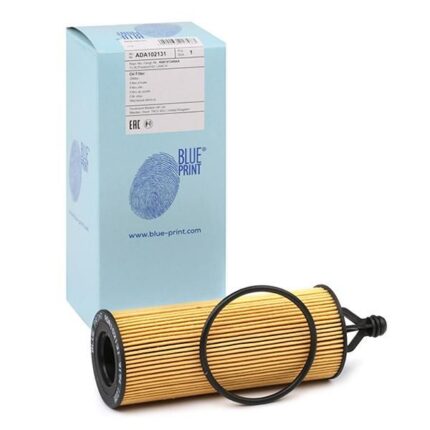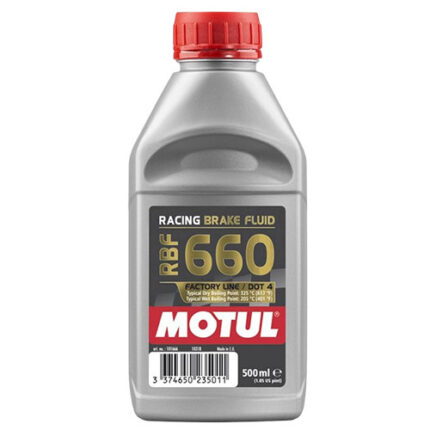-7%
Get Honda Fit GE Rear Shock Absorbers Assy 348016 in Kenya
A Rear Shock Absorber Assembly is a critical part of a vehicle’s suspension system that controls movement, absorbs shocks from the road, and enhances stability and comfort. Located at the rear wheels, these shock absorbers ensure that your ride remains smooth and controlled, especially on bumpy roads.
🔧 Functions of Rear Shock Absorbers:
✔️ Absorbs and dampens vibrations from uneven road surfaces.
✔️ Maintains tire contact with the road for better traction.
✔️ Reduces body roll and improves vehicle handling.
✔️ Enhances ride comfort by minimizing shocks and jerks.
✔️ Prevents excessive wear on other suspension components.
💡 A failing rear shock absorber can lead to an uncomfortable ride, poor handling, and increased stopping distances.
2. How Do Rear Shock Absorbers Work? 🔄
Rear shock absorbers operate by converting kinetic energy (motion) into heat energy, which is then dissipated. This prevents excessive bouncing and instability while driving.
Step-by-Step Working Mechanism:
1️⃣ Compression Phase: When the wheel hits a bump, the shock absorber compresses, reducing the impact.
2️⃣ Damping Action: Hydraulic fluid inside the shock absorber slows down movement by controlling the flow through valves.
3️⃣ Rebound Phase: After compression, the shock absorber extends to return the wheel to its original position.
4️⃣ Continuous Adjustment: The cycle repeats, ensuring a stable ride over different road conditions.
💡 Without shock absorbers, the car would bounce uncontrollably after every bump, making driving unsafe and uncomfortable.
3. Types of Rear Shock Absorbers 🚗
Different vehicles require different types of shock absorbers based on their design, purpose, and performance needs.
1. Twin-Tube Shock Absorbers 🏎️
✔️ Most common in passenger cars.
✔️ Features two cylinders – one inner and one outer.
✔️ Affordable and provides a comfortable ride.
2. Monotube Shock Absorbers 🔥
✔️ Uses a single cylinder with a floating piston.
✔️ Offers better heat dissipation and faster response.
✔️ Ideal for high-performance and off-road vehicles.
3. Gas-Charged Shock Absorbers 💨
✔️ Filled with nitrogen gas to reduce aeration and foaming.
✔️ Improves handling and prevents shock fade.
✔️ Common in modern cars and SUVs.
4. Coilover Shock Absorbers 🏁
✔️ Combines shock absorbers with a coil spring.
✔️ Used in racing and performance cars.
✔️ Provides adjustable ride height and damping.
5. Air Shock Absorbers ✈️
✔️ Uses compressed air instead of hydraulic fluid.
✔️ Found in luxury cars and SUVs with adjustable suspension.
✔️ Provides a smooth and adaptive ride.
💡 Choosing the right type of shock absorber depends on your vehicle, driving style, and road conditions.
4. Signs of a Worn-Out Rear Shock Absorber 🚨
Rear shock absorbers don’t last forever, and worn-out shocks can significantly affect your vehicle’s handling and safety. Here are the warning signs:
1. Bumpy & Unstable Ride 🚧
❌ Excessive bouncing after hitting a bump.
❌ Vehicle feels unstable and wobbly.
2. Poor Handling & Steering 🎯
❌ Increased body roll during turns.
❌ Vehicle feels difficult to control, especially at high speeds.
3. Longer Braking Distance 🛑
❌ Worn-out shocks increase stopping distance, making braking less effective.
4. Uneven Tire Wear 🚗
❌ Tires develop cupping or scalloping due to excessive bouncing.
5. Fluid Leaks Under the Vehicle 💧
❌ Oil leaking from the shock absorbers indicates seal failure.
6. Strange Noises 🔊
❌ Clunking, knocking, or rattling sounds over bumps.
🚨 Ignoring these signs can lead to poor vehicle control, reduced braking performance, and increased wear on suspension components.
5. How Long Do Rear Shock Absorbers Last? 🔄
The lifespan of rear shock absorbers depends on driving conditions, road quality, and vehicle usage.
Estimated Lifespan:
✔️ Normal driving (highway & city): 80,000 – 100,000 km
✔️ Rough terrain & off-road: 50,000 – 70,000 km
✔️ Heavy load/towing: 40,000 – 60,000 km
💡 Regular inspection of shocks every 20,000 km can help identify issues early.
6. How to Check & Replace Rear Shock Absorbers (DIY Guide) 🔧
Replacing rear shock absorbers is a moderate difficulty DIY task, but with the right tools, it can be done at home.
Tools Needed 🛠️
✔️ Jack and jack stands
✔️ Wrenches & sockets
✔️ Penetrating oil (for rusted bolts)
✔️ New rear shock absorbers
✔️ Torque wrench
Step-by-Step Guide 🏗️
1️⃣ Lift the Vehicle: Secure the car on jack stands and remove the rear wheels.
2️⃣ Locate the Rear Shocks: They are attached to the chassis and rear suspension.
3️⃣ Remove the Old Shocks: Unbolt the lower and upper mounts, then pull out the shock absorber.
4️⃣ Install the New Shock Absorbers: Align them properly and secure with bolts.
5️⃣ Torque to Specifications: Use a torque wrench for proper tightening.
6️⃣ Test Drive the Vehicle: Ensure a smooth ride with no unusual noises.
🚗 Pro Tip: Always replace shock absorbers in pairs (both rear shocks) for balanced performance.
9. Final Verdict: Are Rear Shock Absorbers Important? 🎯
✅ YES! Rear shock absorbers are crucial for vehicle stability, comfort, and safety. Replacing worn-out shocks improves:
✔️ Ride comfort & smoothness.
✔️ Handling and steering stability.
✔️ Braking efficiency & safety.
✔️ Tire lifespan and fuel efficiency.
Follow us on Facebook for more parts.



